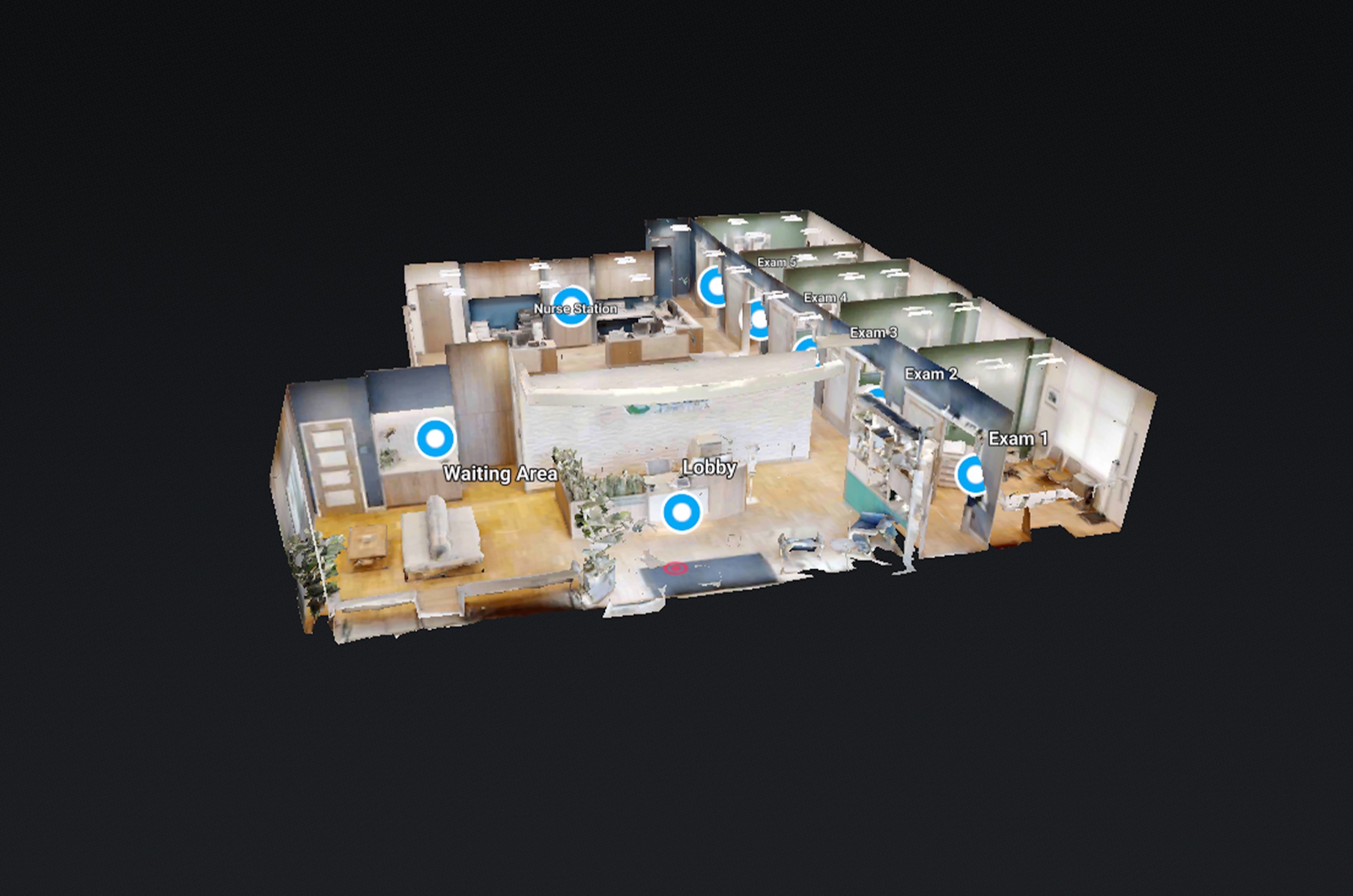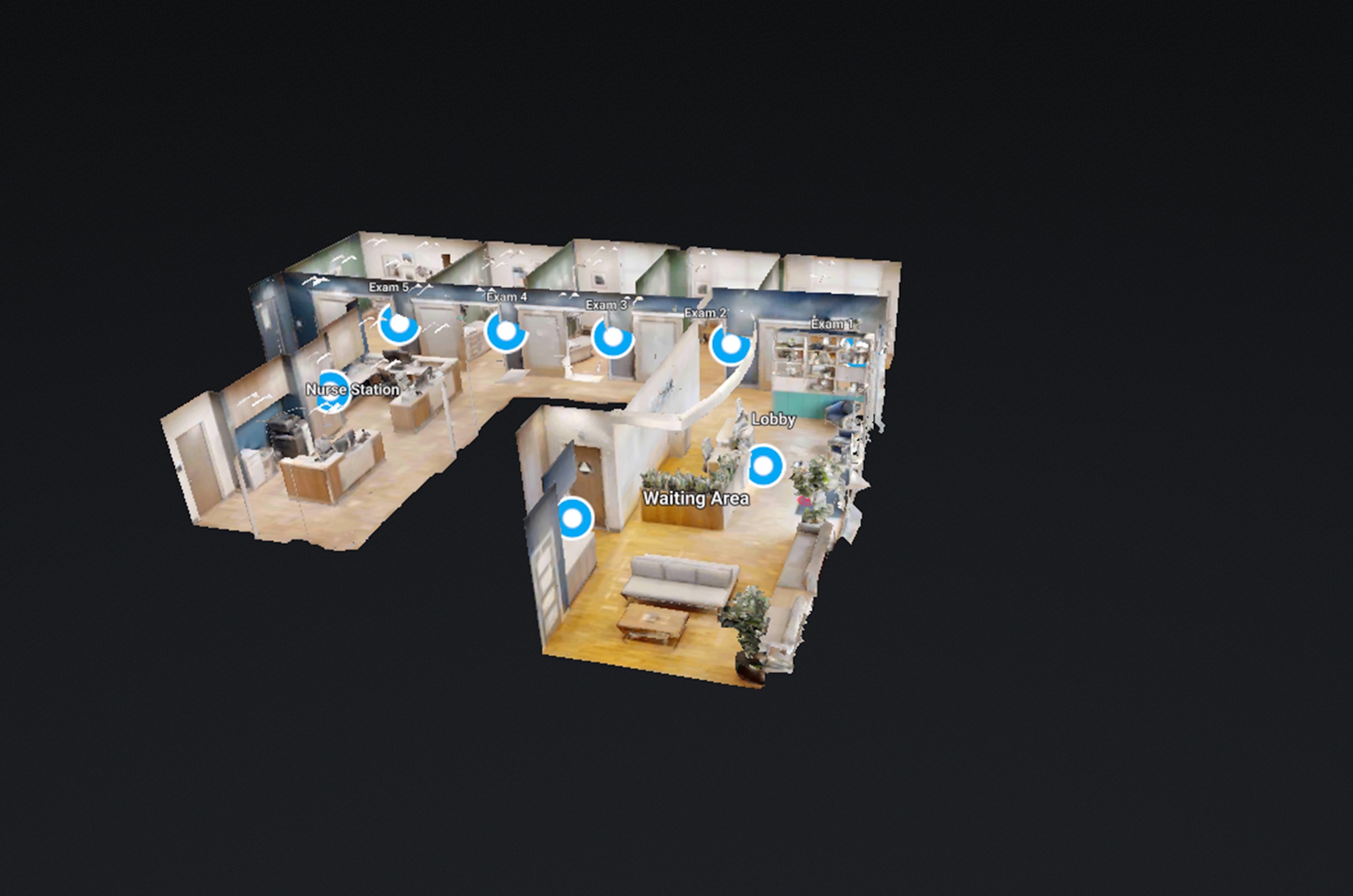Documentation is the backbone of any successful project, whether it’s a construction site, a historical landmark, or a complex manufacturing process. Traditional documentation methods often rely on photographs, videos, and written reports, which can be cumbersome, incomplete, and difficult to navigate.
Matterport 3D tours offer a superior alternative, providing an immersive and interactive way to capture and share detailed site information, significantly enhancing the value and usability of your documentation.
Matterport’s 3D Tour scanning technology creates photorealistic virtual representations of physical spaces, capturing far more detail than traditional 2D methods. This allows for a much richer and more comprehensive understanding of the documented site. Imagine being able to virtually “walk through” a construction site, examining every detail from the foundation to the roof, without ever setting foot on the location.
This level of detail is invaluable for various purposes.For construction projects, Matterport tours serve as a living record of the project’s progress. Each scan captures the state of the site at a specific point in time, allowing for easy comparison between stages. This makes it simple to identify deviations from the plan, track progress against schedules, and document any changes or modifications made during the construction process.
The ability to zoom in on specific areas and take precise measurements within the 3D model adds another layer of accuracy and detail.Beyond construction, Matterport’s applications are vast. Architects can use Matterport 3D tours to document existing buildings for renovations or historical preservation. Museum curators can create virtual tours of exhibits, allowing access to a wider audience and preserving valuable artifacts digitally.
Real estate agents can use them to showcase properties with exceptional detail, significantly improving the buyer experience and reducing the need for multiple in-person viewings.The interactive nature of Matterport tours is a key advantage.
Users can freely navigate the space, explore different angles, and zoom in on specific areas of interest. This allows for a much deeper understanding of the documented site than static images or videos can provide.
Furthermore, the ability to add annotations, measurements, and links to relevant documents directly within the 3D model makes the tour a truly comprehensive documentation tool. This eliminates the need for separate reports and spreadsheets, streamlining the documentation process and improving accessibility.
Conclusion
Matterport 3D tours are revolutionizing the way we document physical spaces. By offering an immersive, interactive, and highly detailed alternative to traditional methods, they provide a significant improvement in the quality, accessibility, and usability of documentation.
The ability to capture, share, and analyze site information with unprecedented accuracy makes Matterport a valuable tool for a wide range of industries and applications. From construction and architecture to museums and real estate, the benefits of using Matterport 3D tours for documentation are clear: a more comprehensive, efficient, and effective way to record and share crucial site information.







